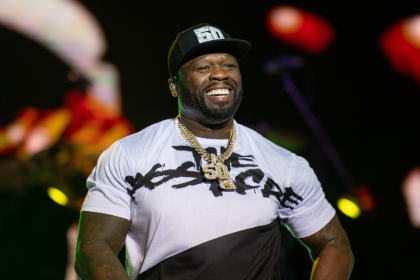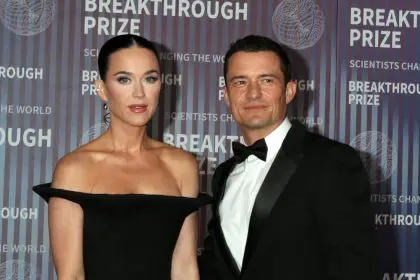In a recent appearance at the Building Wealth Today for Tomorrow Financial Empowerment Summit in Chicago, actress Keke Palmer opened up about her financial journey, particularly the lessons she learned from filing for bankruptcy at just 18 years old. Palmer, who has been in the entertainment industry since she was a child, shared her experiences and the strategies she now employs to maintain financial stability.
Early beginnings in the industry
Palmer, born in Harvey, Illinois, and raised in Robbins, began her acting career at the young age of 9. She made her film debut in Barbershop 2: Back in Business (2004) and later appeared in Madea’s Family Reunion (2006) before landing her breakout role in Akeelah and the Bee (2006). Despite her early success, Palmer faced significant financial challenges as she transitioned into adulthood.
The impact of early financial guidance
Recognizing the importance of financial management, Palmer’s parents hired a business manager when she was just 12 years old. This decision proved beneficial as it provided her with guidance during her formative years in the entertainment industry. During the summit, she emphasized the importance of having a solid financial foundation, stating, “That has helped me immensely.” However, despite this support, Palmer found herself in a precarious financial situation, leading her to file for bankruptcy between the ages of 18 and 19.
Lessons learned from bankruptcy
Reflecting on her bankruptcy experience, Palmer expressed her shock and confusion, asking herself, “What went wrong?” This pivotal moment in her life prompted her to reassess her financial habits and make significant changes. Since then, she has adopted a frugal lifestyle, choosing to live well below her means as a precautionary measure against future financial difficulties.
Living below her means
Palmer shared her philosophy on financial management during the summit, stating, “If I got $10,000 in the bank, then my house would be $500 a month. That’s how under I mean, because I can probably afford something $2,500 maybe, but I’m going way under.” This approach allows her to allocate more funds toward her business investments rather than material possessions. She explained, “You know why? Because I wanna invest in my business. So if I wanna invest in my business, then the material things that I’m having currently might have to take a short back.” Instead of indulging in luxury brands, she opts for more affordable options, saying, “Instead of wearing Gucci, I’m wearing Zara. I live in a good place. I drive a cool car, ’cause my money is going elsewhere … I got a Toyota right now in my driveway.”
Empowering others through financial literacy
Palmer’s candid discussion about her financial struggles serves as an inspiration to many, particularly young adults navigating their own financial journeys. By sharing her story, she aims to empower others to take control of their finances and make informed decisions. Her experience highlights the importance of financial literacy, especially for those in the entertainment industry, where financial pitfalls can be common.
Palmer’s journey from bankruptcy to financial empowerment is a testament to resilience and the importance of sound financial practices. Her commitment to living below her means and investing in her future serves as a valuable lesson for anyone looking to achieve financial stability. As she continues to grow her career and business, Palmer remains a role model for young people, encouraging them to prioritize their financial health and make choices that align with their long-term goals.















